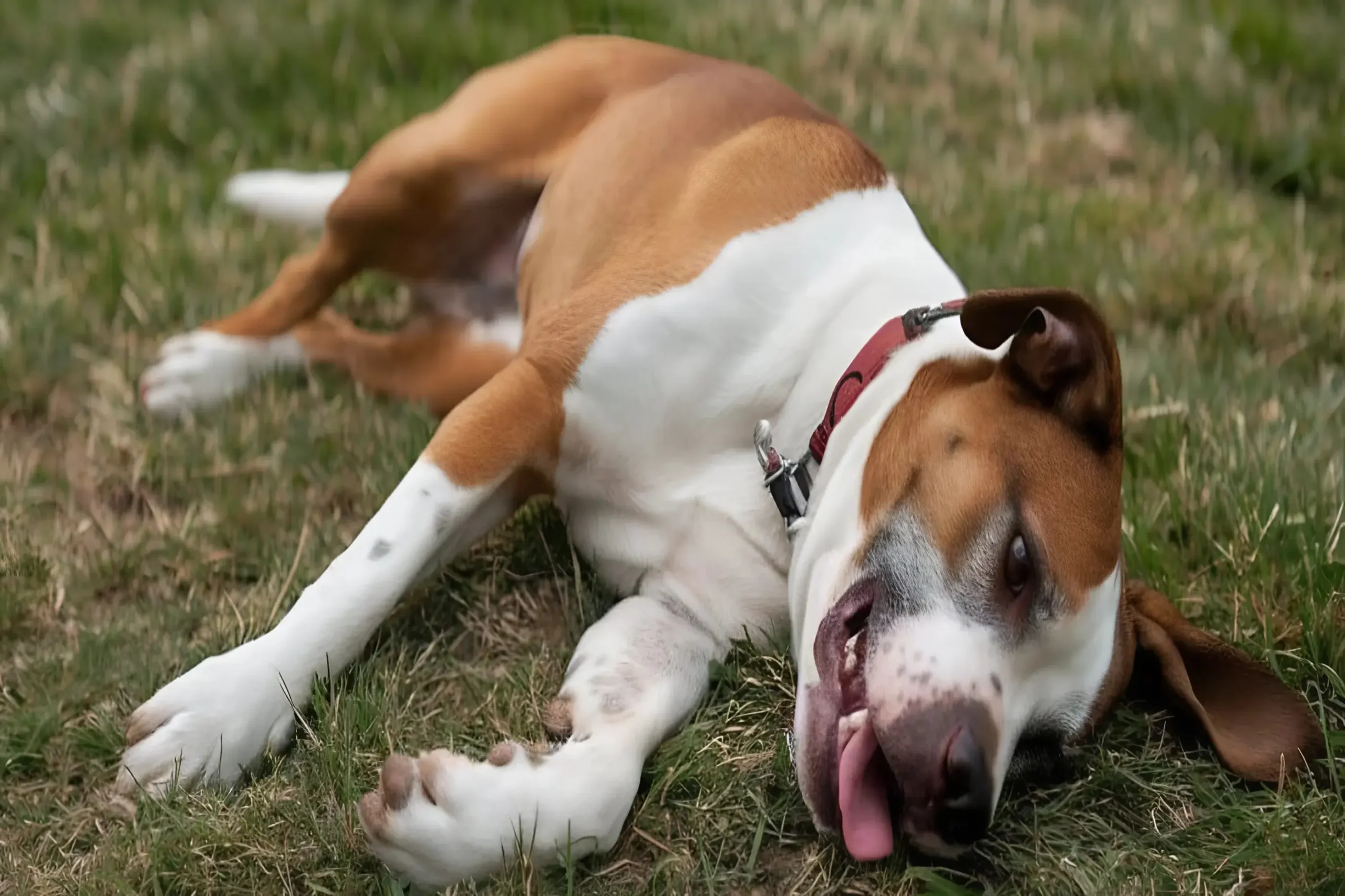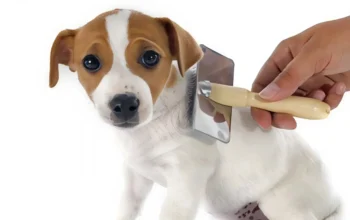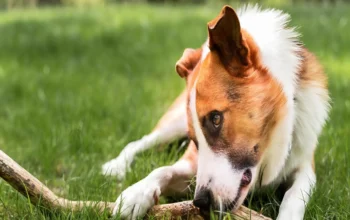Ever wondered if you’re doing everything right for your dog? You’re not alone. We love our pets like family, but sometimes, the habits we think are harmless could actually put their health at risk.
From feeding routines to grooming to how we let them roam around the house, some daily choices might be silently harming our furry best friends. The good news? Once you know what to avoid, you can easily shift to healthier habits. Let’s dive into the top dog health mistakes that every pet parent should know about.
Table of Contents:
1. Overfeeding Your Dog
Feeding your dog too much may seem like a loving gesture, but it’s a fast track to obesity. And canine obesity isn’t just about weight—it opens the door to joint problems, heart disease, skin issues, and even breathing difficulties.
According to the American Kennel Club, you should always consider your dog’s breed, age, weight, and energy level before determining portion sizes. Stick to feeding twice a day, and make sure the amount is consistent. It’s not about starving them—it’s about nourishing them correctly.
2. Feeding Human Food
Dogs begging at the dinner table is common—and hard to resist. But giving in might be harming their digestive system. Many human foods are toxic or at least irritating to dogs.
The ASPCA warns against giving dogs foods like chocolate, onions, garlic, grapes, raisins, alcohol, avocado, caffeine, and anything containing xylitol. Even small amounts of these can lead to vomiting, seizures, or worse. Plus, it can lead to begging behavior that’s hard to manage long-term.
3. Giving Dogs Bones
Dogs and bones might sound like a natural match, but modern vets advise caution. Raw bones can carry E. coli or Salmonella, while cooked bones may splinter and damage your dog’s intestines or throat.
WebMD Pets and AKC both stress that bones—especially poultry—aren’t as digestible as many think. They can block or tear your dog’s digestive tract. If you still want to give bones, talk to your vet about safe alternatives like vet-approved chew toys.
4. Unsafe Storage of Cleaning Products
Leaving cleaning products within reach is a dangerous habit. Substances like bleach, hydrogen peroxide, and alcohol can poison your dog even in small amounts.
Dr. Barbara Hodges from the Humane Society Veterinary Medical Association reminds pet owners to wipe the floors clean right away after using any chemical. Dogs often lick the floor, and just a trace of cleaner could be toxic.
5. Not Enough Physical Activity
Just like us, dogs need movement to stay healthy. Lack of activity can cause weight gain, joint stiffness, and even depression in dogs.
Daily walks, playtime, or runs in the park keep your dog’s muscles strong and anxiety levels low. According to vet technician Beckie Mossor, a sedentary dog lifestyle can be as harmful as smoking is to humans.
6. Poor Supervision Outdoors
Letting your dog off-leash may seem like a treat, but it could backfire. Without a leash, your dog might chase after a squirrel, run into the street, or get into fights with other animals.
Experts say owners should only let dogs roam freely in fenced, safe environments. Always consider your dog’s temperament and recall training before giving them that freedom.
7. Improper Bathing Technique
Bath time can turn into a health issue if not done right. Always use lukewarm water, avoid spraying into their ears, and use dog-specific shampoo.
Human shampoo contains harsh chemicals not suited for canine skin and can lead to irritation, rashes, and even acne. Keep your dog calm and make bath time a gentle routine, not a rushed chore.
8. Drying Dog Fur the Wrong Way
After bathing, drying your dog properly is just as important. Rubbing aggressively with a towel or using a hot hair dryer can damage their skin or make them anxious.
Use a soft towel and pat dry gently. If you use a hair dryer, make sure it’s on the lowest heat setting and keep it moving to avoid burning sensitive skin.
9. Incorrect Nail Trimming
Cutting your dog’s nails too short can cause bleeding and pain. It’s one of the most common grooming mistakes owners make.
The trick is to avoid cutting into the “quick”—the sensitive part of the nail. If you’re unsure, it’s best to consult a groomer or vet, or at least watch a few expert tutorials first. And always use nail clippers designed for dogs, not humans.
10. Skipping Dental Care
Dog teeth need cleaning too! Poor dental hygiene can lead to plaque buildup, gum disease, and even heart problems.
Brush your dog’s teeth with canine toothpaste a few times a week, or give dental treats that help reduce tartar. Remember, your dog can’t brush on their own—they’re counting on you.
Taking care of a dog goes far beyond belly rubs and cuddles. While these habits might seem small, over time they can seriously affect your pup’s health and happiness. The best way to show your love is by being informed and intentional with your care.
What do you think? Let’s get started today—your dog will thank you with more tail wags and slobbery kisses than you can count.






